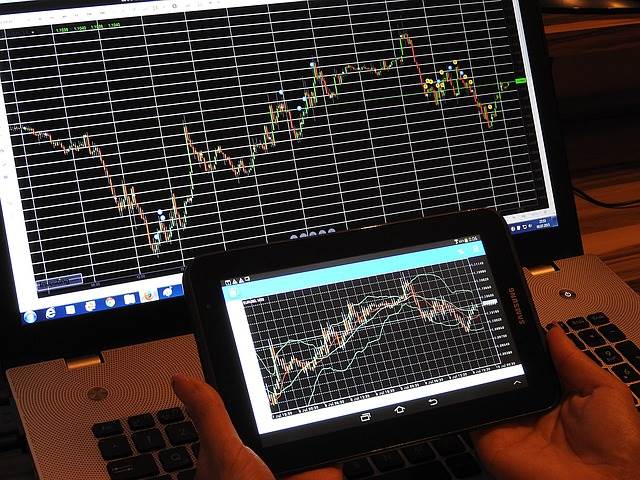Despite the protestations of mystics, predicting the future is next to impossible, but some things can be reliably predicted such as the fact that the sun will continue to rise. In economic terms, the same is true, some believe that tools can be used to identify probable trends or a more macroscopic approach can be used to discern the direction of a given economy or currency, but all are subject to the impact of a sudden new factor. One economic prediction which can be made with (near) certainty is that interest rates will be rising as many central banks move towards normalcy.
It is widely expected that the Federal Reserve will increase interest rates in September (but imminent increases have been touted at every turn for more than a year now, so proceed with caution!). UK interest rates have been on hold at an historically low rate of 0.5% since March 2009 – this alone gives an indication of the depth of the economic turmoil caused by the Global Financial Crisis. It is fairly certain that they will rise in due course since the UK economy is doing well. The Governor of the Bank of England, Mark Carney, has suggested that rates may move upwards by the end of 2015. You can make a fairly large bet that the change will be incremental and will be followed by close scrutiny as to its effect on the UK economy before any successive rise. According to Mr Carney’s crystal ball, he can see rates rising to a level of perhaps 2% over a three year window. This would leave the UK interest rate at about half of its long-term average figure of 4.5%, based on the bank’s 300 year history.
Carney’s remarks, as one has come to expect from central bankers these days were couched in terms of potential shocks to the economy UK (or Eurozone, one imagines) could alter the timing and magnitude of any increases. In other words, he is predicting that the sun will certainly shine, but it might be obscured by clouds.

